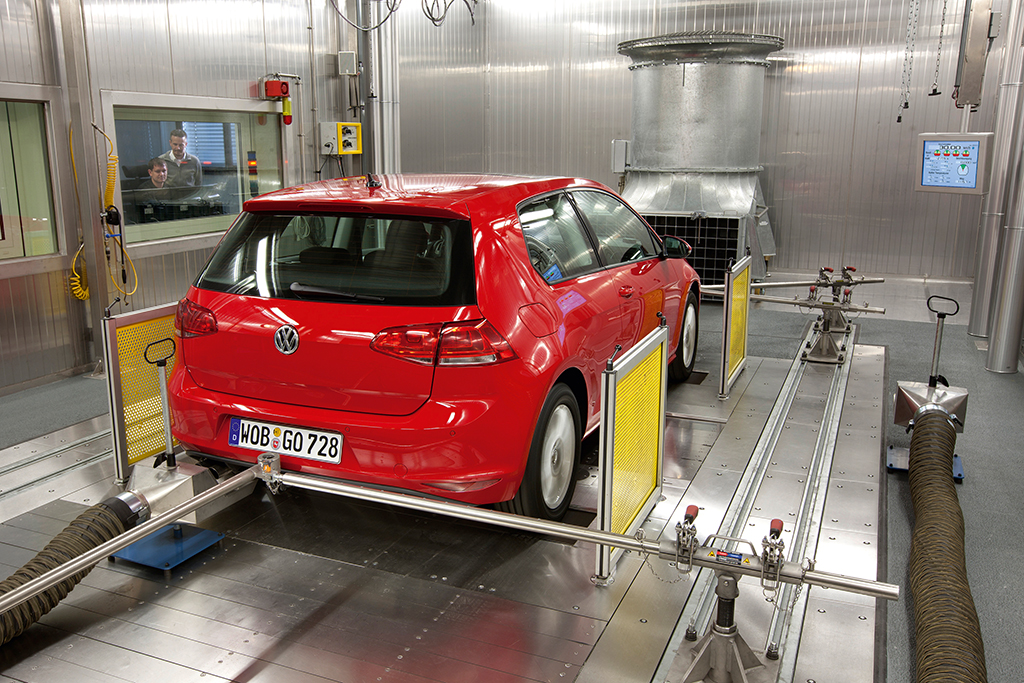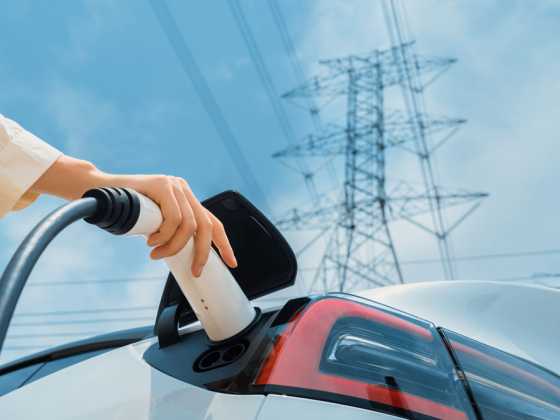The new emissions and fuel economy test: what is it?

The Worldwide Harmonised Light Vehicle Test Procedure (WLTP) has now come into effect and promises more realistic emissions and fuel economy performance data. So what’s changed?
It has been know for some time now that the quoted fuel consumption and emissions figures given by car manufacturers are unachievable, and the tests to gain the data, which haven’t changed in 20 years, are unrealistic. The Volkswagen emissions scandal heightened the issue when it emerged that they had been using a cheat device during the tests to give favourable results.
The old tests, known as the New European Driving Cycle (NEDC), took place in a laboratory on a rolling road and did not take into consideration driving styles and road conditions, such as speed, congestion, and road surfaces. It also didn’t take account of new safety and comfort technologies, where their fitment can differ across models. This all resulted in a gap between lab-tested data and the data actually achieved on the road.
As a result of this, a new, more realistic way of testing new cars has now come into effect (1 September 2017). Called the Worldwide Harmonised Light Vehicle Test Procedure (WLTP), the new laboratory tests will measure everything from fuel consumption and carbon dioxide (CO2), to nitrogen oxides (NOX), particulates, (PM/PN) and carbon monoxide (CO). Crucially, on‑road testing will also take place to gain ‘real-world’ emissions data.
What does the test involve?
The new test is still conducted in controlled laboratory conditions to ensure consistency across every test in every country. However, it is longer and more dynamic, with a greater range of vehicle and engine speeds, engine load, gear changes and temperatures.
The lab tests will include more realistic testing conditions based on data from ‘real driving’ to make it far closer to the conditions met on the road. It will also take into account modern vehicle technology.
The second part of the test is a new Real Driving Emissions (RDE) test, which uses portable emissions measurement (PEMS) equipment. This analyses the trace tailpipe emissions of pollutants, including NOX and particulates, while the car is driven in a wide range of conditions in a mix of towns, countryside and motorways. This will ensure vehicles meet Euro 6 emissions standard on the road as well as in the lab.
The new tests will also measure energy consumption for electric vehicles and plug-in hybrids.
The WLTP is designed to stop car manufacturers cheating on the emissions test. Volkswagen manipulated test results with sensors that detected when the vehicle was running on a rolling-road in the lab.
Only if a vehicle meets these requirements and is independently witnessed by a government-appointed independent approval agency, it will be approved for sale in Europe.
Commenting on the new tests, Mike Hawes, SMMT chief executive, said: “We welcome this challenging new regime, which will provide hard evidence that the industry’s ongoing investment in ever more advanced technology is delivering on air quality goals.
“Combined, these new and demanding tests will soon give consumers emissions performance information that is far closer to what they experience behind the wheel – and inspire greater confidence that the new cars they buy are not only the cleanest, but the most fuel efficient ever produced.”
Short term changes
Manufacturers and the Government’s Vehicle Certification Agency are expected to progressively start showing WLTP car performance figures on their websites from late 2017, as new models are approved. But cars tested under WLTP will still have NEDC CO2 and fuel consumption values reported until 2020.
From 1 September 2017, cars approved under WLTP will continue to be taxed against the NEDC CO2 emission value, so there is no change to the CO2-based taxation systems in the short term. This includes vehicle tax (VED) and company car tax (BIK).
By 1 September 2018, all new cars on sale will have undergone WLTP testing and by 1 September 2019, all will have undergone the full RDE testing for both NOx and PN.
Manufacturers must continue to use the NEDC CO2 figure to report against European CO2 emission fleet average targets (which were set against NEDC) for new cars until the complete switch to WLTP.
The Low Carbon Vehicle Partnership (LowCVP) has launched an information portal to give clarity and consistency about the introduction and progressive adoption of the new WLTP fuel economy test: visit the web link below.






